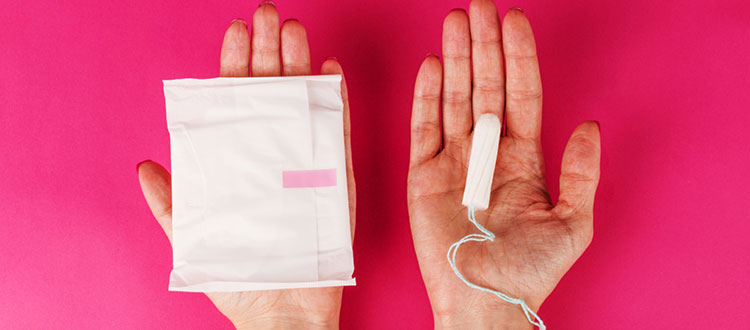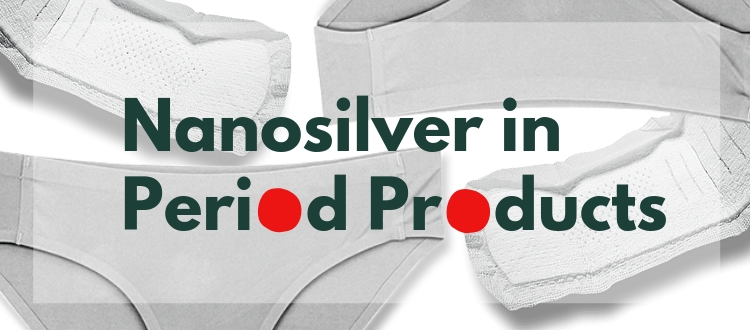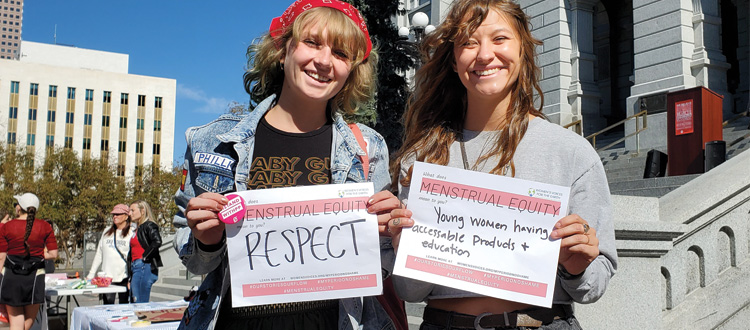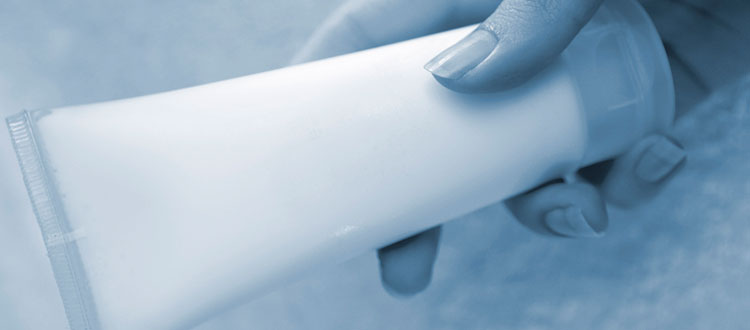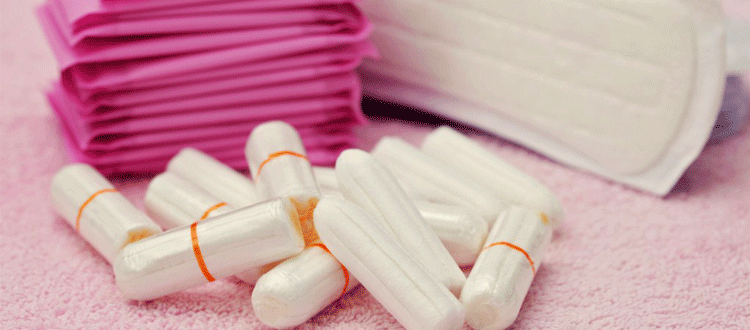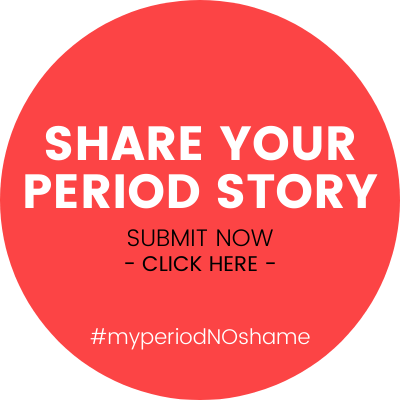The Problem
Menstrual products. Period Care. Personal cleansing products. Intimate care. No matter what you call them, these consumer products uniquely impact people who menstruate and are often aggressively marketed as must have to ensure our bodies “feel fresh,” “be clean,” “increase confidence,” and even enhance our sex appeal. Our Chem Fatale report finds toxic chemicals commonly used in period care products. The real kicker? Many of these chemicals are not required to be listed on the label, so people have no idea what they are being exposed to. We deserve better.
Here’s why this is a serious problem:
- WVE’s test results show harmful chemicals in Always pads, various brands of tampons, and our research found toxic nanosilver in period underwear and menstrual pads.
- Othering testing results show dioxins, furans and pesticide residues in tampons, which have been linked to cancer, reproductive harm, and hormone disruption.
- Studies link menstrual pad use to vulvar allergic rash in some women. Both adhesive chemicals like methyldibromo glutaronitrile and fragrances used in pads have been identified as causes of these allergic rashes.
- Fragrance is commonly used in pads and tampons, and many fragrance ingredients are kept secret.
- The harmful chemicals in these products come into contact with some of the most absorptive skin on our bodies.
Avoiding Harmful Ingredients:
- Bookmark our Chemicals of Concern fact sheet so you can reference it when shopping for period and personal care products.
- Reduce your use of intimate care products, especially those that are medically unnecessary for a healthy vulva and vagina.
- Choose unscented products where available, especially in tampons and pads.
- Choose chlorine-free bleach or unbleached tampons and pads.
- If you are having allergic symptoms, switch brands, and then tell the company why you did by calling the 800 number on the label.
- Report any symptoms possibly resulting from these products to the FDA by calling 1-800-332-1088 or filling out a consumer report form.
Resources
Testing Finds Phthalates in Tampons and Pads
Researchers estimated that tampon use could be responsible for 15% of our total phthalate exposure. Panty liner use could be contributing nearly 10% and pads roughly 3% of our overall phthalate exposure. Learn more.
Concerns About Nanosilver in Period Underwear and Pads
Nanosilver is commonly incorporated into athletic clothing to make it “antibacterial” in an effort to reduce odor. In recent years, it has also been unnecessarily incorporated into certain period products, but unfortunately, there are concerns about the effects it has on vaginal and vulvar tissue. Learn more.
————————-
Menstrual Equity Policies Passed in the U.S.
Legislation that have passed and/or have been enacted in the United States to address the safety, affordability, or accessibility of menstrual care products as of April 1, 2022. Is your state making period health a priority? Find out. Click here.
Slippery Slope: Potential Hazards of Lubricants on Vaginal Tissue
Over 65% of women in the United States report using some form of vaginal lubricant in the previous month. While they can be very effective at reducing discomfort at the time they are used, researchers are becoming increasingly concerned about the potential longer term health effects of exposure to these products. Read more.
————————-
What’s in Period Products? A Timeline of Chemical Testing
While a few studies have attempted to assess and measure potential risks of these products, all have indicated that there is more work to be done to better understand the impacts these products may have on our health. Learn more.
What Does Menstrual Equity Mean to You?
Menstrual equity is often defined as it relates to the affordability, accessibility & safety of period products. But menstrual equity is not defined by products — in fact, the definition is growing and changing, as voices from all over the world drive the conversation about period health. Learn more.
Our Stories, Our Flow (OSOF) Workshops
Created by Shantrice King, WVE’s OSOF workshops are designed as an intentional, social, and supportive space for women, femmes, and people who have experience and/ or relationship with menstruation to hold real conversations their periods, health, and bodies. Sign up for an OSOF workshop today!




